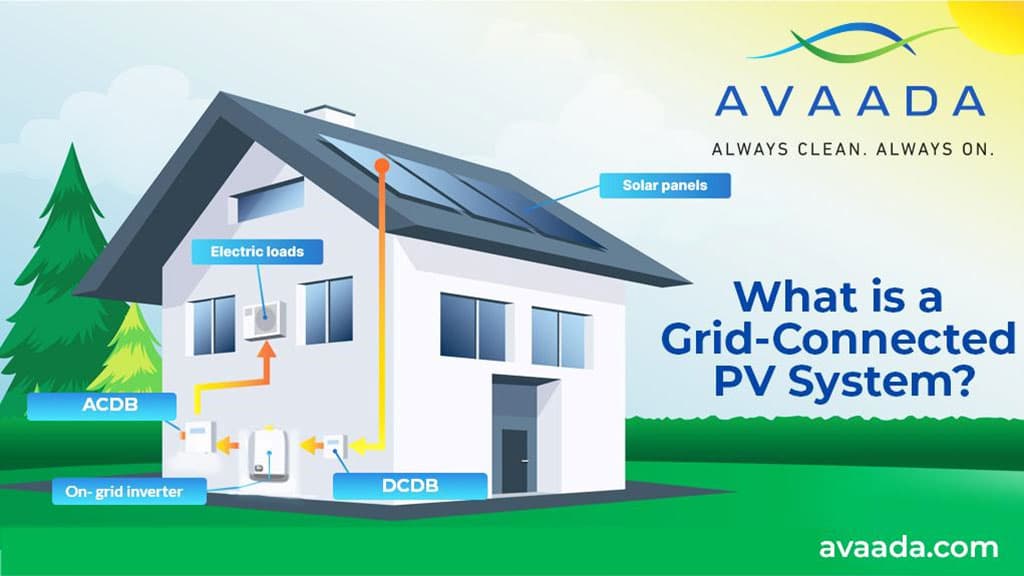Solar panels are a smart investment for any home, and understanding the differences between monocrystalline and polycrystalline panels is crucial for making the best choice. Choosing the right type of solar panel is essential for an effective renewable energy solution. Here’s a detailed comparison to help you decide which type of solar panel is right for your needs.
Are Monocrystalline Better Than Polycrystalline Panels?
In terms of efficiency and space utilization, monocrystalline panels are generally considered superior. They boast higher efficiency rates, often above 20%, compared to polycrystalline panels, which range from 15-17%. What does this mean? Well, it means that monocrystalline panels produce more electricity per square meter. So, if you have limited roof space, they’re an ideal choice.
How and When to Use Monocrystalline vs. Polycrystalline Panels
- Monocrystalline Panels:
- Use When: Space is limited, and maximum efficiency is required.
- Ideal For: Urban homes with smaller rooftops or areas where high performance is crucial.
- Benefits: Higher efficiency, better performance in low-light conditions, and a sleek, uniform appearance.
- Polycrystalline Panels:
- Use When: Budget constraints are a major consideration, and there is ample roof space.
- Ideal For: Larger rooftops in rural or suburban areas where space is not a constraint.
- Benefits: Lower cost, easier manufacturing process, and shorter payback period due to lower initial investment.
For more details, check out our blog on the types of solar panels.
What Are They Made Of and Why?
- Monocrystalline Panels:
- Composition: Made from a single continuous crystal structure, typically high-purity silicon.
- Manufacturing: Silicon is formed into bars and cut into wafers. This process is more complex and expensive but results in higher efficiency and longevity.
- Reason: The uniform crystal structure allows for better electron flow, enhancing efficiency and performance, especially in low-light conditions.
- Polycrystalline Panels:
- Composition: Made from silicon crystals melted together.
- Manufacturing: The silicon is poured into a mold and cooled to form a large block, which is then cut into wafers. This simpler process reduces costs.
- Reason: The manufacturing process is less wasteful and more affordable, but the presence of multiple crystals in each cell leads to slightly lower efficiency.
Renewable Energy Solutions.
How to Calculate the Right Solar Panel for Your Home
To determine whether monocrystalline or polycrystalline panels are better for your home, consider the following calculations:
1. Calculate Your Energy Needs:
- Step 1: Check your electricity bill for your monthly energy consumption in kilowatt-hours (kWh).
- Step 2: Multiply your monthly consumption by 12 to get your annual energy needs.
2. Determine Available Roof Space:
- Step 1: Measure the dimensions of your roof to calculate the total available area in square meters.
- Step 2: Consider shading, orientation, and tilt of the roof to estimate the effective usable area.
3. Estimate Solar Panel Efficiency:
- Step 1: Monocrystalline panels have an efficiency of about 20%, while polycrystalline panels have around 15-17%.
- Step 2: Use these efficiency rates to estimate the energy production per square meter of the available roof space.
4. Calculate the Number of Panels Needed:
- Step 1: Divide your annual energy needs by the annual energy production per panel (considering the panel’s efficiency and your roof’s solar exposure).
- Step 2: This will give you an estimate of the number of panels required to meet your energy needs.
Example Calculation
If your home uses 6,000 kWh per year and you have 50 square meters of roof space:
- Monocrystalline Panel:
- Energy production per panel (1.7 sqm): 400 kWh/year
- Number of panels needed: 6000 / 400 ≈ 15 panels
- Polycrystalline Panel:
- Energy production per panel (1.7 sqm): 300 kWh/year
- Number of panels needed: 6000 / 300 ≈ 20 panels
Conclusion
Choosing between monocrystalline and polycrystalline panels depends on your specific needs and constraints. If you have limited roof space and can invest more upfront, monocrystalline panels are the better choice for their higher efficiency and better performance. However, if you are working within a budget and have ample space, polycrystalline panels offer a cost-effective and reliable solution.









